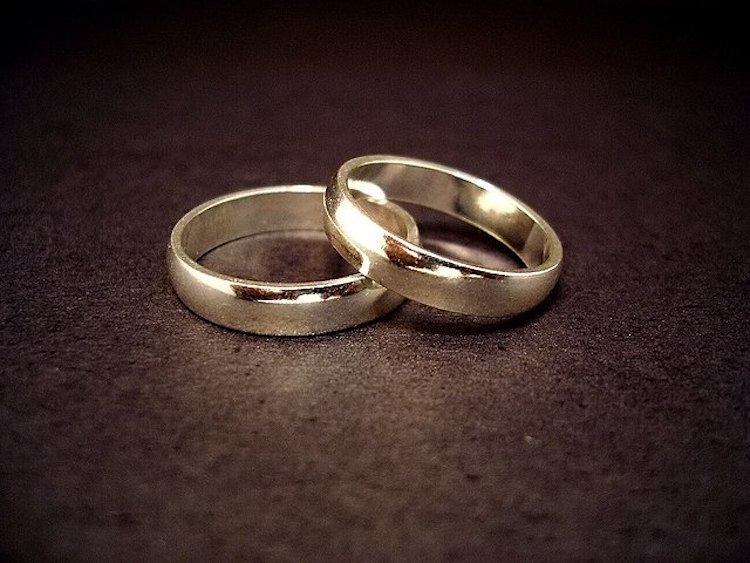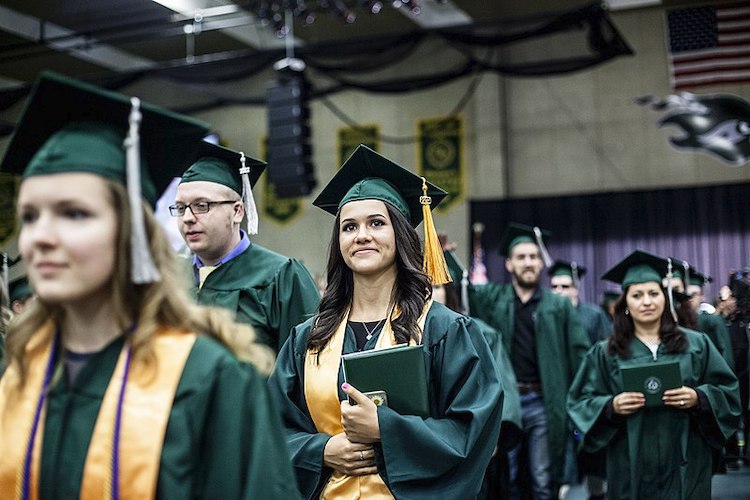7 Massive Differences Between The 1960s And Today
The 1960s were filled with sex, drugs, rock and roll, numerous social and political movements, and so much more. Take a time machine back to the 60s, though, and you’d think you were in a completely different world—and that’s because you were. Here are seven massive differences between the 1960s and today…

Married Or Bust
Being single today holds a different connotation than it did in the 1960s. Back in the 60s, opinions were much different. A national survey said that more than three quarters of Americans had very negative impressions of single people. Some went so far as to say that habitually single people were “immoral.”

The Numbers Tell The Story
The beliefs of the general public in the 1960s can truly be backed up by statistics. Only about 28 percent of the adult population was single, meaning only 32 million Americans fit in that category. That information might not mean much on its own, but when compared to today’, it’s mind-blowing.
The adult population basically did an about-face over the next fifty years. The original 28 percent jumped up to 44 percent in 2013. That means almost half of America’s adults—105 million Americans—were single in the year 2013. Let that sink in.
Unnecessary Red Tape
Another astonishing difference between the 1960s and today is the availability of birth control. Most women didn’t even know “the pill” existed until the early 70s when it had finally become widely available to women. The FDA approved oral contraceptives in the year 1960, and it took over a decade of red tape, and even a Supreme Court decision before the medicine hit the mass market.

Things Are A-Changin’
In general, women’s lives were very different in the 1960s. Only 20 percent of all women had college degrees, and most women were married with children. This is dramatically different from today’s women. By 2012, over 40 percent of women had college degrees.
Employment also changed a lot for women. In the 60s, only 30 percent of women were traditionally employed, but by 2012, the percentage of working women jumped to 70 percent. That is a complete flip-flop.
Marriage is another flip-flop story. In the 1960s, women in their 30s were typically married. This was so common that married women accounted for 93 percent of all women in that age group. By 2012, only 66 percent of the same age group were married.

The Nuclear Family
Children also have totally different lives today. The American family was ripe with tradition in the 60s. More than two-thirds of children lived in a family with a working dad and a stay-at-home mom. By the 2010s, less than one-third of children had the same home life.

The Evolution Of “The Single Mom”
Many children didn’t even know what a single mom was back in the 60s. Even the single women had more than likely been married at one point. In fact, less than one percent of kids lived with a single mom. Today, over 22 percent of children live with a mom who is single, and more than half of those women have never been married.
Our definitions of a lot of things have changed since the 1960s. Birth control, single moms, traditional families, and even marriage seem to have evolving meanings. In 50 years, America has become almost unrecognizable compared to the 60s perspective. Who knows what it will look like in 50 more?

